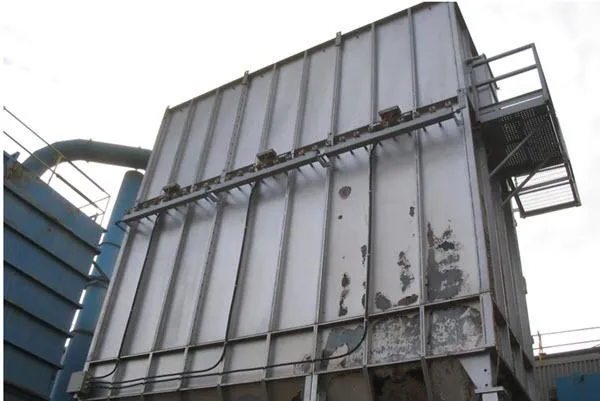
Leaks: A little bit of luck goes a long way
A metal foundry was struggling for years with their compressed air system. Dirty water was fouling the air compressor cooling systems. Prying fingers were altering compressor set points. Units were shutting down so often that the plant was forced to rent three expensive diesel units for two years just to keep their plant pressure from falling like a rock.
Finally after a long battle with the accountants the plant finally received approval to replace three of their four compressors with high efficiency two stage units, one unit using VSD technology. The installation took place during a shutdown and the start-up was successful. The units ran beautifully, aided by a sequencing control system that maintained the VSD compressor as the trim unit and all the fixed speed compressors as base load.
But there was a problem, leakage measurements showed that the plant was using over 1,000 cfm of air flow even when there was no production in the plant. This level consumed over 65% of their average air flow. The plant maintenance manager, being short on staff, hired a contractor to find and fix leaks. After 2 weekends of minor repairs at overtime rates the leak levels only fell to 950 cfm.
A compressed air consultant, dissatisfied with these results took matters into his own hands and performed a thorough no-charge ultrasonic leak detection to try and prove a point. He looked everywhere for the big leak, covering all parts of the plant, even the basement. After a full day of effort the results were only minimal. Giving up in disgust the consultant threw the leak detector over his shoulder to make his way back to the office. When he made this move he heard a faint but funny noise coming from above near a compressed air powered dust collector. The sound was very uncharacteristic of the dust collector. Further investigation showed that the dust collector manifold had cracked causing a large leak. The manifold was quickly isolated, which immediately allowed a compressor to shut down.
The leak had been consuming 550 cfm of air, or about 130 HP worth. A lucky break found a huge saving that may have been hidden in the rafters for years. Further investigation of the old compressors revealed that two of the three units that were removed had control issues, one having its inlet butterfly valve installed incorrectly which meant the unit could only produce minimal air. A second unit had faulty pressure switch controls which also greatly limited its output. All-in-all the new system is now running smoothly on two compressors, one during light loads. The plant manager is currently scratching his head wondering why he purchased so many compressors.
Learn more about leaks in our Compressed Air Challenge webinar soon. Visit www.compressedairchallenge.org/calendar for more information.
